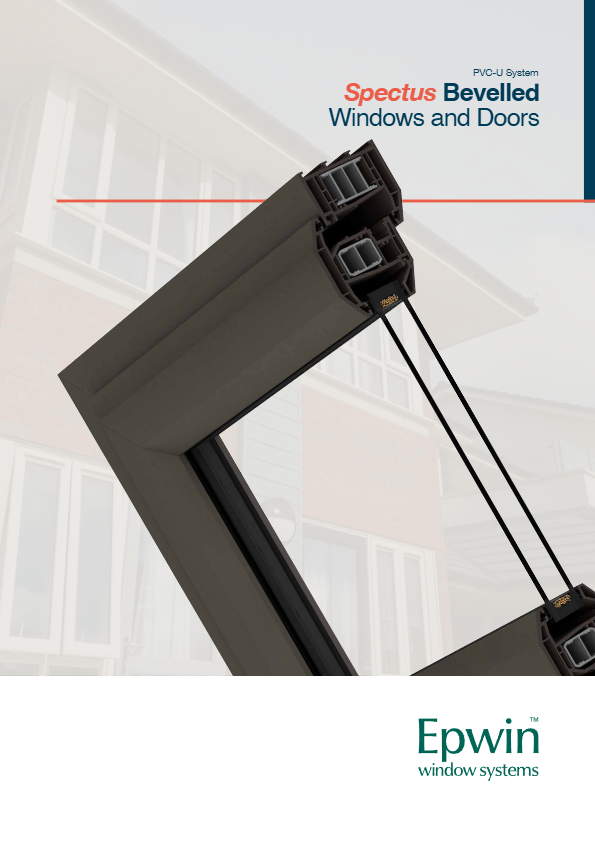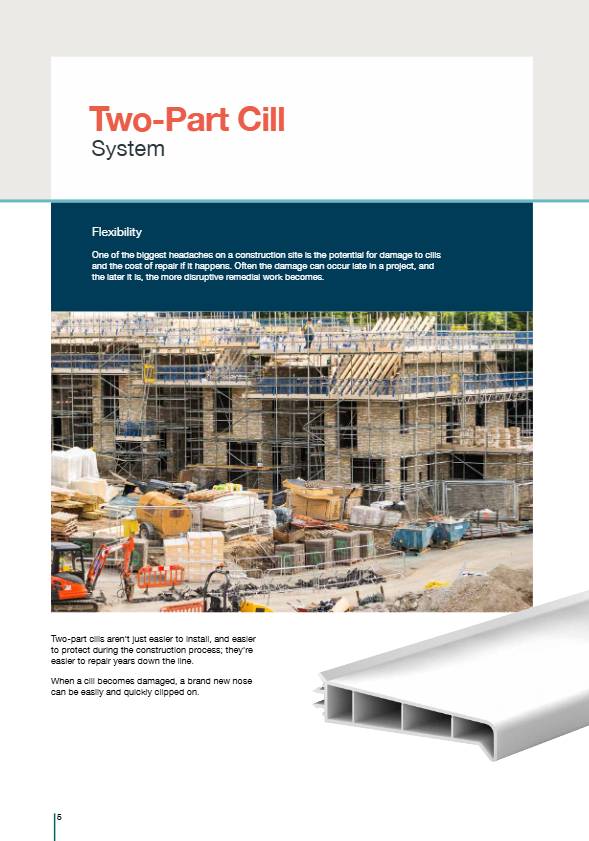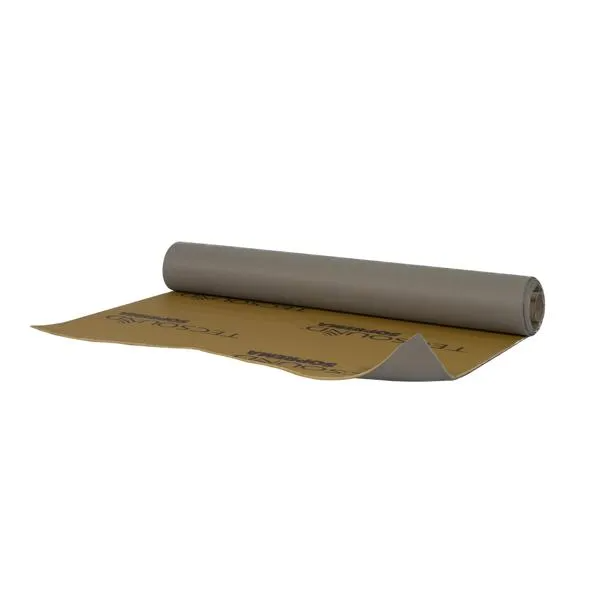Continued delays to the updated climate change plan and further slippage in promised climate policies mean that the Climate Change Committee no longer believes that the Scottish Government will meet its statutory 2030 goal to reduce emissions by 75%.
There is no comprehensive strategy for Scotland to decarbonise towards Net Zero.
The Scottish Government delayed its draft Climate Change Plan last year despite the 2030 target only being six years away. This has left a significant period without sufficient actions or policies to reach the target; the required acceleration in emissions reduction in Scotland is now beyond what is credible.

“Scotland has laudable ambitions to decarbonise, but it isn’t enough to set a target; the Government must act,” said Professor Piers Forster, interim Chair of the Climate Change Committee. “There are risks in all reviewed areas, including those with significant policy powers devolved to the Scottish Government.
“Scotland’s Climate Change Plan needs to be published urgently, so we can assess it. We need to see actions that will deliver on its future targets.”
Scotland missed its annual target for 2021. This is the eighth time in the past 12 years that they have missed a target. The only sectors to reduce emissions in 2021 were electricity supply and industry. Most key indicators of delivery progress, such as tree planting, peatland restoration rates and heat pump installations are off track.
There is a path to Scotland’s post 2030 targets, but stronger action is needed to reduce emissions across the economy. The transport and buildings sectors will require a particularly rapid increase in the rate of emissions reduction to meet the targets set out in the last Climate Change Plan update (2020 CCPu).
- Buildings. The 2020 CCPu requires emissions from heating buildings to decrease by 71% by 2030, meaning the annual emissions reduction rate must increase by almost a factor of ten. There are welcome bold proposals in the Heat in Buildings consultation, which if implemented could become a template for the rest of the UK. But these proposals must be delivered in practice and the planned rate of decarbonisation will not achieve those promised in 2020.
- Transport. The 2020 CCPu requires Scotland’s transport emissions to decrease by 44% by 2030, meaning the annual emissions reduction rate must increase by almost a factor of four. Scotland has an extremely stretching target to reduce car-kilometres by 20% on 2019 levels by 2030, but a clear strategy on how this will be achieved is still missing. Practical delivery plans must focus on deploying and improving electric car charging infrastructure – and developing plans for aviation.
- Agriculture and land use. The 2020 CCPu requires this to decrease by 11% by 2030 – a reversal of recent emissions increases is needed. On woodland creation, Scotland needs to double its recent rate. On peatland restoration a tripling of Scotland’s rate is required to reach its own target, which remains less ambitious than the CCC’s.
- Engineered greenhouse gas removals. The Acorn carbon capture cluster has received ‘Track 2 status’, which is positive progress for engineered removals in Scotland. But the Scottish Government should assess Acorn’s deployment potential against its own aim to achieve -3.8 MtCO2 engineered removals by 2030. A feasibility study published by the Scottish Government estimates potential for only 2.2 MtCO2 by 2030 in Scotland.
This is a crucial time for Net Zero in Scotland. The handling of plans to close the Grangemouth refinery underlines the risk of omitting meaningful dialogue between communities, industry and government and the important role for the Scottish Government in ensuring a just transition towards Net Zero. Further delay to the Scottish Government’s draft Climate Change Plan will prevent further progress on these strategic issues.




















